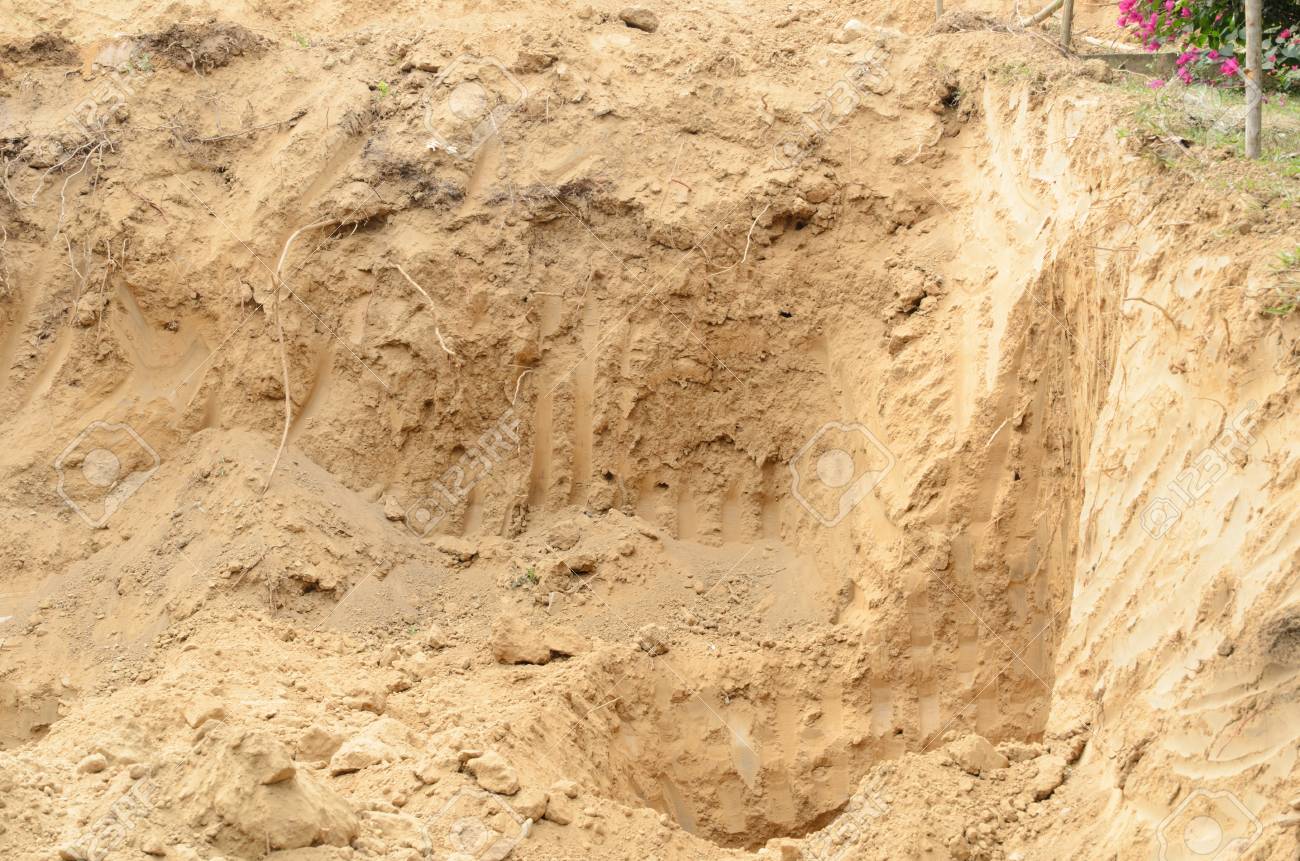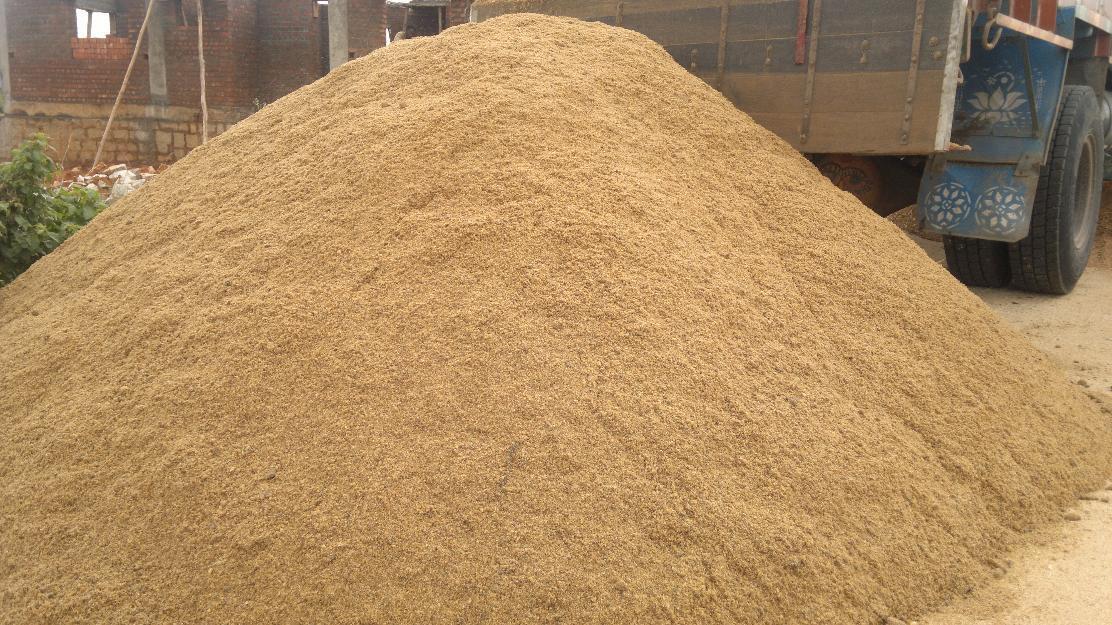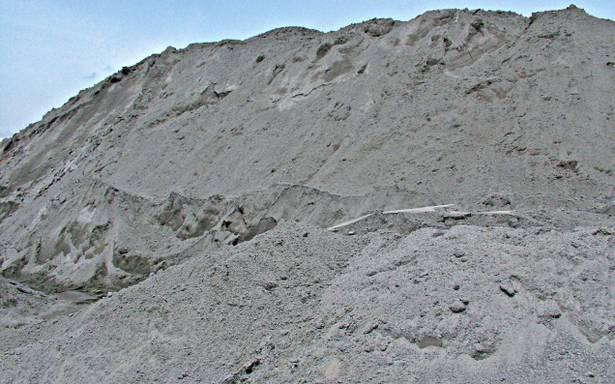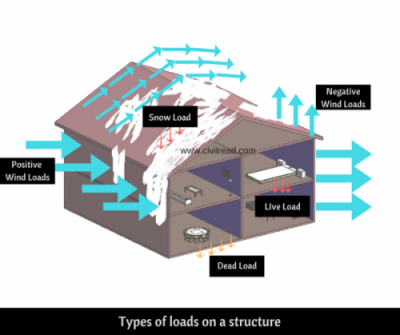Different types of sand used in construction? How to select the right sand for your construction?
What Type of sand should I use for plastering? Brickwork? And for making concrete? Well, this post will make you clear all those questions.
There are various types of Sand currently being used in Construction. Out of them Pit sand, M sand, and River sand are majorly used.
In Engineering point of View Sand (Fine aggregate) is classified into following types :-
- Types of Sand Based on Source
- Classification based on Sieve analysis.
- Classification based on purpose of use
- Classification based on grain size.
Contents
- Classification Based on Source:-
- Pit sand:-
- River sand:-
- M-Sand (Manufactured Sand) :-
- M Sand Vs River Sand:-
- Classification based on Sieve analysis :-
- Gravel in Sand:-
- Coarse Sand :-
- Fine Sand:-
- Classification based on grain size:-
- How to Select Sand for Different Construction activities /Selection of Sand for different purpose of work:-
- Sand used in Brick work:-
- Sand used in plastering:-
- Sand used in making Concrete:-
Classification Based on Source:-
Pit sand:-
Pit sand is a natural and coarse type of sand which is extracted by digging 2-3m underneath the ground. It’s in red-orange color due to a presence of iron oxide around the grains. These sand grains are free from salts, Hence it doesn’t react with the moisture content present in the atmosphere. Due to its superior binding properties pit sand is used in construction. As mentioned above, pit sand is a coarse type of sand and this is not recommended if the sand is more coarser than the acceptable limits.

River sand:-
River sand is obtained from the bank of rivers and River beds. It is usually in white – grey color and has a very fine quality. River sand is well graded, and it is good for all types of concrete and masonry works.
The natural river sand was the cheapest resources of sand. However, the excessive mining of river bed to meet the increasing demand for sand in the construction industry has lead to the ecological imbalance and adversely affecting the environment.

River sand has a silica content. Excessive presence of silica content makes the sand useless for concrete work and responsible for efflorescence on the surface in future. To overcome this, the sand should be tested for silica content before using it. A good sand should have less than 5% of silica in it.
M-Sand (Manufactured Sand) :-
Due to massive growth in the construction, high demand for sand is arisen. To meet the demand and to maintain the ecological balance without affecting the environment. M-sand is manufactured.
M Sand is an alternative to River sand. M Sand (manufactured sand) produced by crushing of hard granite stone. MSand is manufactured through the process of shaping cubically, grading and cleaning by using VSI machine. The size of Manufactured sand is less than 4.75mm. the color of M sand is greyish-blue to red colour based on type of rock used in crushing.

As the name itself stating that Sand is manufactured artificially. The sizes of M-sand can be easily controlled during crushing. Since, quality control is maintained in the process of preparing manufactured sand.
M-Sand don’t have any silt materials or organic impurities which is best suited for concrete construction.
Also Read:
River sand costs much higher when compared with the Manufactured sand due to transportation and availability. Well, M-sand (Manufactured Sand) is produced by crushing hard granite rocks which are easily available at the nearby place, thus reduces the cost of transportation. 10% -15% of overall cost of sand is reduced if M sand is used in construction which makes the structure economical.
M Sand Vs River Sand:-
M Sand (Manufactured Sand) River Sand Manufactured in factories under supervision Naturally available at river beds. Moisture is available only in water washed M Sand. Moisture is trapped in between the particles which is good for concrete purposes Higher concrete strength when compared to river sand Lower concrete strength when compared with M sand Sand particles of M sand are cubically shaped. This makes bonding strong. Excessive presence of flaky, sharp and angular grains makes bonding weak. Silt content is zero Silt content is in between 3-20% Marine Products Is 0% Marine Products (shells, etc) 2-4% No oversized materials as it is well graded and manufactured under control. 6-10% of oversized materials (stones) which should be sieved. Better quality control since manufactured in a controlled environment No control over quality since it is naturally occurring.Same river bed sand can have differences in silt contents. Eco-friendly product, it causes less damage to the environment when compared with river sand. Harmful to the environment. Eco imbalances reduce groundwater level and rivers water gets dried up.
Classification based on Sieve analysis :-
Gravel in Sand:-
The sand which is passing through the 7.62 mm sieve is called gravelly sand. This type of Sand is used in making concrete.
Coarse Sand :-
The sand which is passing through the 3.175 mm sieve is called coarse sand. This size of sand is mostly used for masonry works. Pit sand is mostly coarse in nature.
Fine Sand:-
Sand passing through the 1.5875 mm sieve is called fine sand. Fine sand is mostly used in plastering works for better finish.
Classification based on grain size:-
Based on grain size sand is classified into Very fine sand, fine sand, medium sand, coarse sand and very coarse sand the grain sizes of different types of sand are stipulated below:
| Type of Sand | Grain Size |
|---|---|
| very fine sand | 0.0625mm to 0.125mm |
| Fine Sand | 0.125mm to 0.25mm |
| Medium Sand | 0.25mm to 0.50mm |
| Coarse Sand | 0.50mm to 1mm |
| Very Coarse Sand | 1mm to 3mm |
How to Select Sand for Different Construction activities /Selection of Sand for different purpose of work:-
Irrespective of type of sand. A good sand which is used in construction should have less than 3% of Silica and no organic impurities.
Different construction activities requires different fineness modulus of sand.
Sand used in Brick work:-
The sand used for Brickwork should have a fineness modulus of 1.2 to 1.5
Sand used in plastering:-
The sand used for plastering should have a fineness modulus of less than 1.5
Sand used in making Concrete:-
The Sand used in making concrete should have a fineness modulus of 2.5 to 3.5.
Also Read:
Important Properties of Concrete
Curing of Concrete and methods
For Instant updates Join our Whatsapp Broadcast. Save our Whatsapp contact +919700078271 as Civilread and Send us a message “JOIN”
Never Miss an update Click on “Allow US” and make us allow or Click on Red notification bell at bottom right and allow notifications.
Stay tuned! More are updated Soon!!.
Civil Read Wishes you ALL the BEST for your future..



It’s very good useful for all type of people.As an Engineer i like it very much.
Thanks for ur comment 🙂
Hi bro ..
Am karthik btech civil ..
Just tell me how can I learn designing structural members
good job sir, really u helped me
Good Job Sir U are really awesome keep posting such valuable and important information 👏👏👏
Great sir
Very useful information
Thanks
Thnku sir for providing such valuable information…
VERY VERY USEFUL INFORMATION. THANKS
Can i get information of concrete mix ratio for stone sand and cement , aggregate
Yes u can search as concrete mix design in search box
good products
very good information sir
thanks
thanks a lot sir for giving me knowledge
Sir without btech civil engireeing degree how can we become a good civil contractor?
only way through expierence
good information sir
Thanks for help